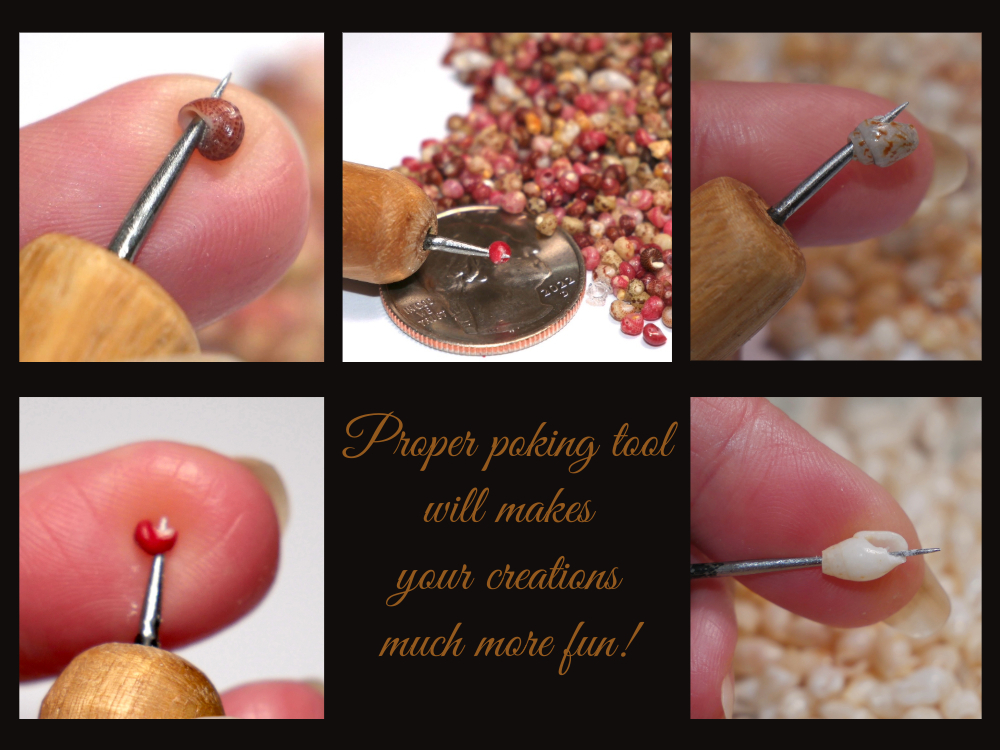(Hint: It’s not as much as you think!)
Let’s talk tools! ✨
If you’ve ever looked at Niʻihau shell jewelry (ニイハウ シェル ジュエリー) and thought, “Wow, I’d love to try that… but I probably need a bunch of fancy, expensive tools,” — I promise, you really don’t.
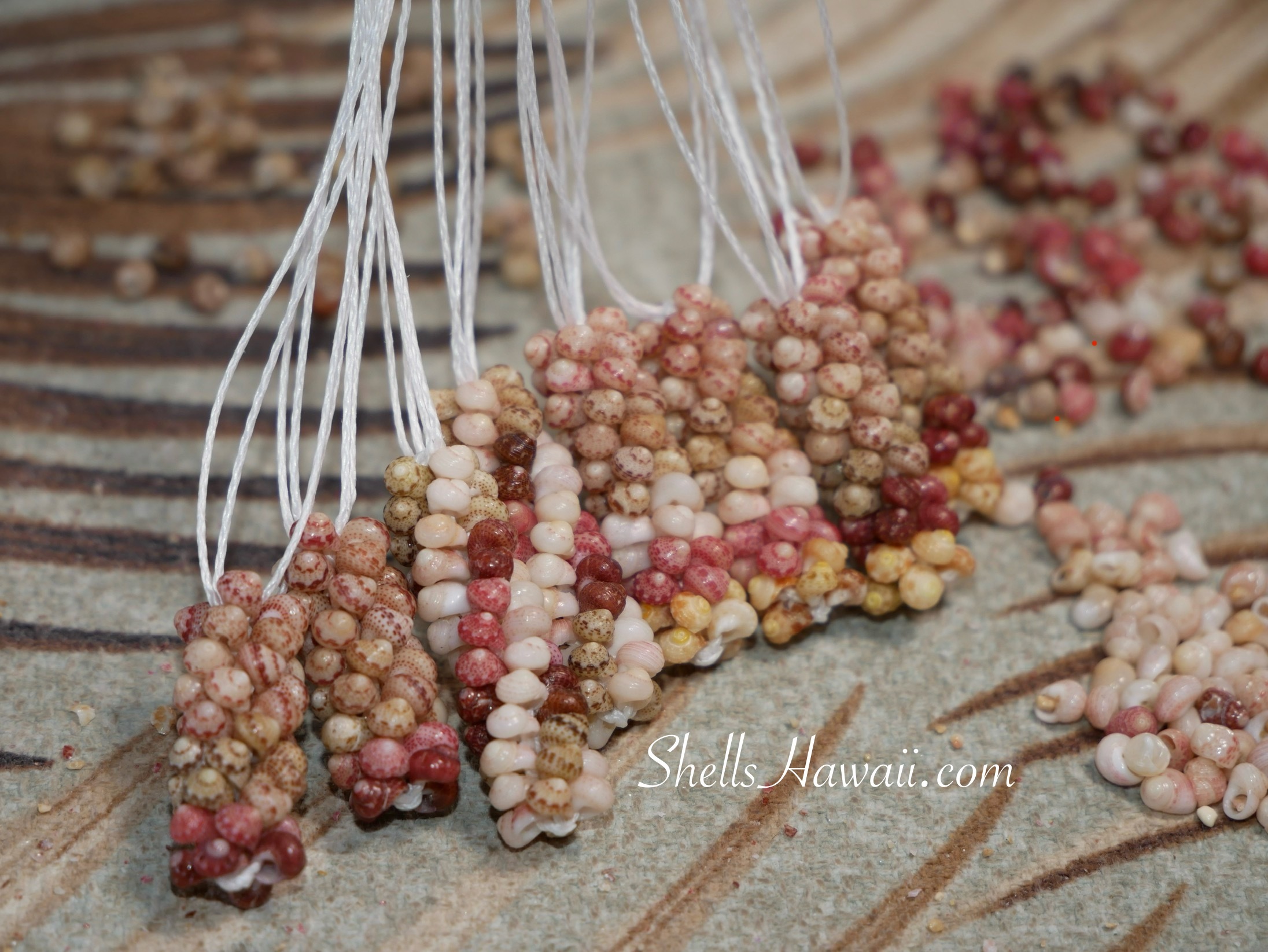
Most of the things I use are simple and easy to find. Nothing complicated at all — just the basics that do the job well. Honestly, it might surprise you how little you need to get started.
And if you’re completely new to Niʻihau shell jewelry, I recommend starting here: Shells Information. It’s a great way to get to know the shells first before diving into tools and techniques.
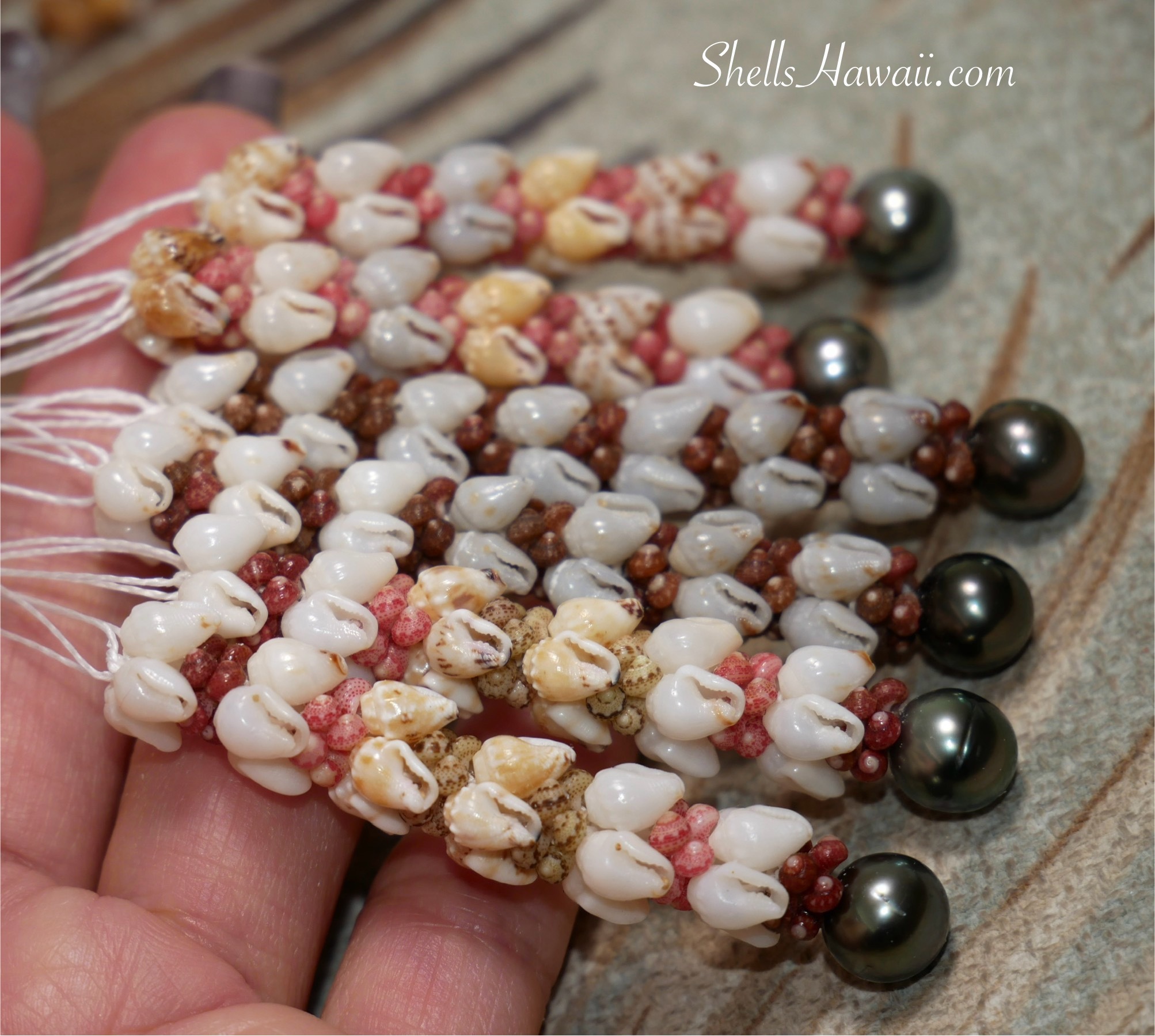
So, let me invite you into my little studio for a moment. Here’s what I keep close by when I sit down to create ハワイアンジュエリー (Hawaiian jewelry).
1. Niʻihau Shell Poking Tool – For Kahelelani and Momi Shells
This is the tool I couldn’t live without — but I’ll be honest, I didn’t begin with the right one.
When I first started working with Kahelelani shells (カヘレラニ シェル), I thought, “Okay, a sewing needle should do.” And in a way, it did… but it was slow. I had to poke the same hole over and over just to make it large enough for the thread.
Then came the Momi shells (モミシェル). The very first time I tried, that poor sewing needle snapped in half. Lesson learned the hard way.
I tested all sorts of things — even bead reamers — but nothing worked quite right. Then I noticed photos of other artists using what they called Niʻihau shell poking tools (ニイハウシェルポーキングツール). The problem was, no one really said where to get one.
So, I made my own. I put together a tool with a strong, smooth needle tip and a wooden handle carved from teak and makore wood. That little invention changed everything. Suddenly, hours of poking Kahelelani and Momi shells became easier, gentler, and much more consistent.
Here’s what I recommend:
-
For Kahelelani shells, shorter needles work best because they’re so tiny.
-
For Momi shells, a medium-length needle has the perfect reach and strength.
-
If you only want to invest in one tool, go with the medium — it handles both beautifully.
If you’d like to see the exact one I use, you can find it here: Niʻihau Shell Poking Tool.
And just a little note — in one of my upcoming blogs, I’ll be sharing a full beginner’s guide about Momi shells. It will cover what you really need to know before buying any shells online — how to recognize quality, which shells are best for jewelry, and how to choose wisely so you can start your Niʻihau shell jewelry (ニイハウ シェル ジュエリー) journey in the right direction.
2. Tweezers ✨
Tiny shells need tiny helpers. I always keep a few pairs of tweezers within reach, especially fine-tipped ones. They’re perfect for picking up, sorting, and turning shells when your fingers just can’t quite manage. And here’s a little tip — keep more than one pair around. Somehow, tweezers have a way of disappearing right when you need them most. ⚡
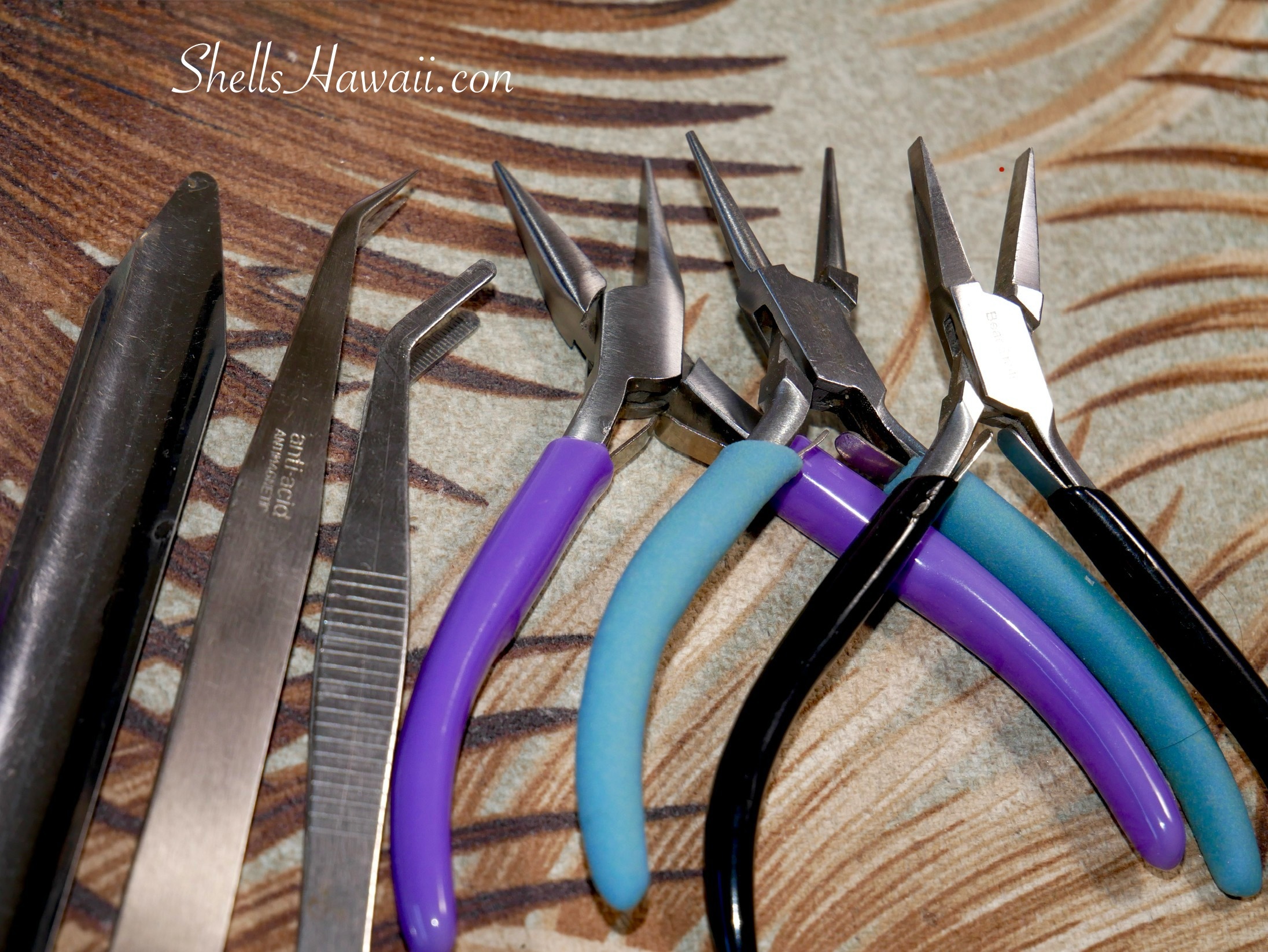
3. Basic Jewelry Pliers ♦️
You don’t need anything fancy here. A simple set with flat-nose and round-nose pliers will do the job. They’re just right for attaching clasps, jump rings, or earring hooks. A small starter set is more than enough if you’re beginning your journey into Niʻihau shell jewelry (ニイハウ シェル ジュエリー).
4. Scissors and a Lighter ✂️
Simple, but so important. A good sharp pair of scissors makes trimming your thread clean and easy. The lighter is there for just a quick touch — enough to seal the ends of the thread so nothing unravels, without harming the material.
One trick I learned early on is not to cut the thread straight across. Instead, cut it at a slight angle. ✍️ That tiny adjustment makes it much easier to slide the thread through those little shell holes. If you add a touch of wax to the tip, the fibers stay together, and you’ll avoid the frustration of fraying ends.
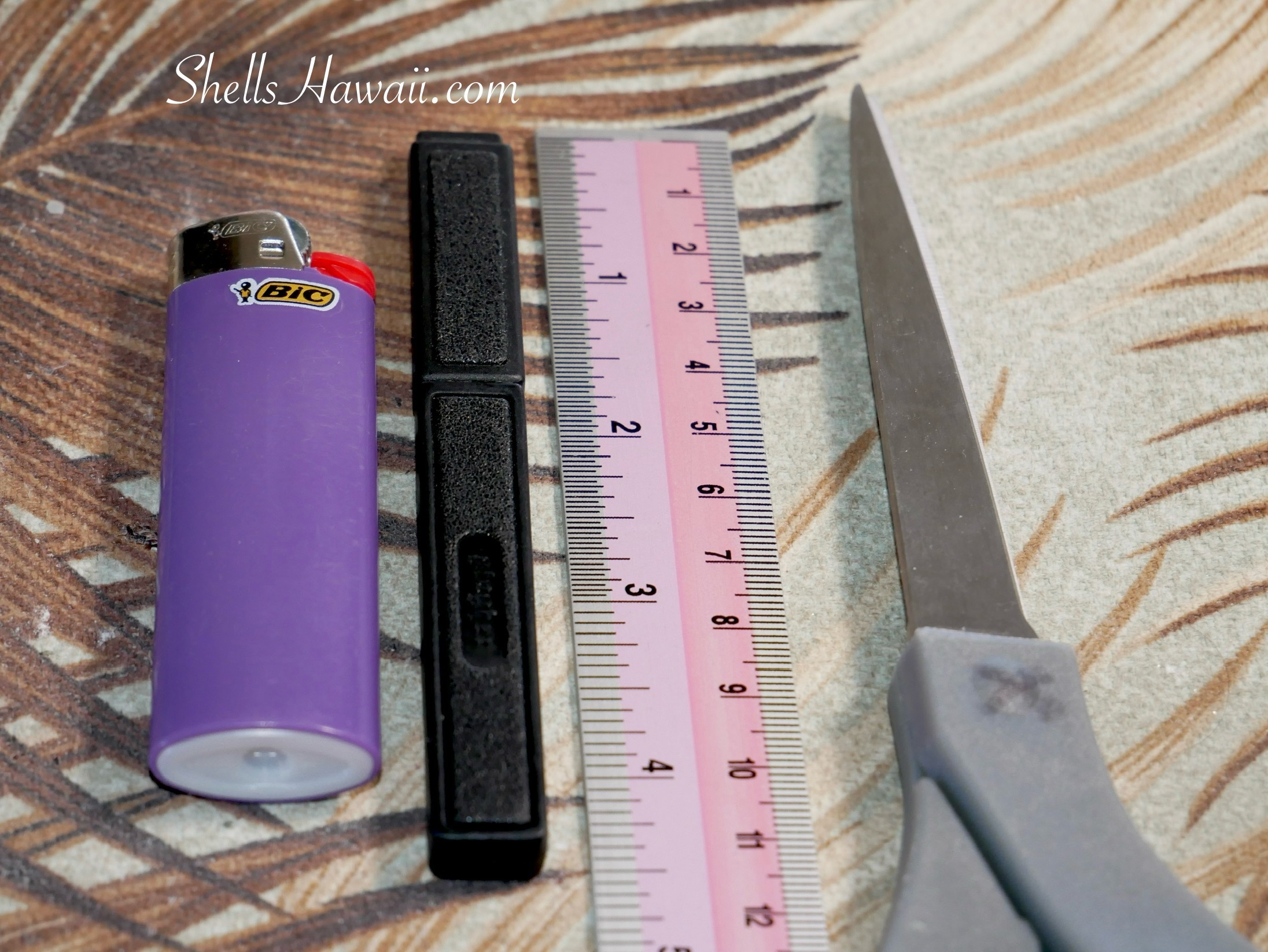
5. Good Lighting ✨
This might be one of the most underrated tools! I keep a bright desk lamp with a flexible arm and a daylight LED bulb right at my work table. Good light helps me see the true colors of the shells and spot little cracks or flaws before I begin stringing.
No magnifier here — just my own eyes, steady light, and a short coffee break ☕ when they get tired.
6. Your Fingers ♥️
In the end, the most important tools are your own two hands.
Your fingers do all the feeling, flipping, sorting, and stringing. They learn the shape and curves of each shell. They guide the patterns. They somehow just know when something looks right — and when it needs to be taken apart and tried again.
And since I always get asked — yes, you’ll often see me in photos or videos with long fingernails. But here’s the secret: they’re not for beauty at all. They’re actually one of my best tools. My nails help me pick up a shell, scoop it from the table, and balance it on my fingertip to get it ready for poking. That little extra length makes my work smoother and faster.
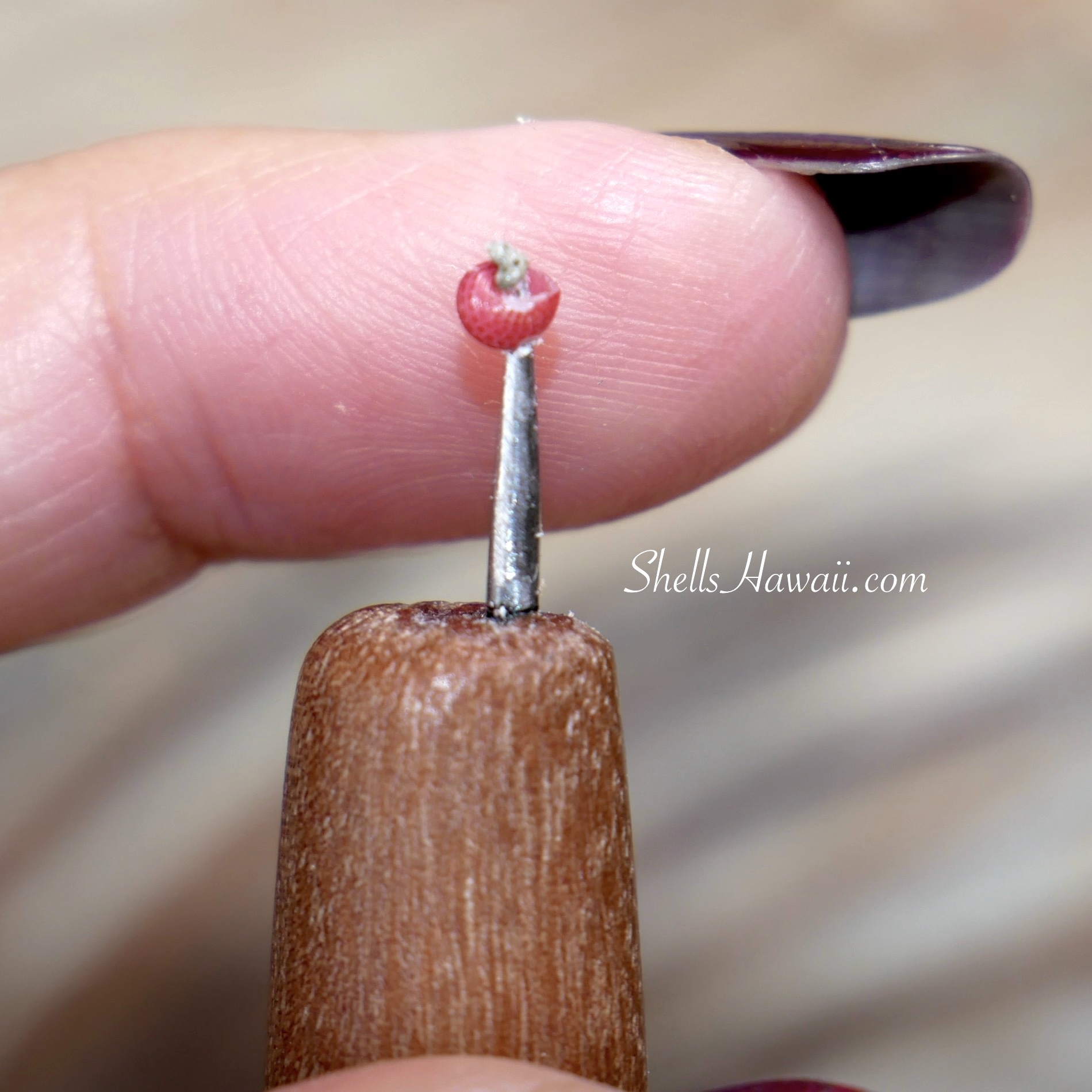
Some people prefer short nails, and that works great for them. But for me, fingernails are a must-have tool. So don’t ever think, “Oh, those long nails must slow her down.” It’s the opposite — they’re my built-in helpers. Haha, I couldn’t do this work the same way without them.
No machine or gadget can ever replace the care and aloha that flows through your fingertips. So treat them kindly… and yes, give them a rest every now and then. ✍️
Before You Begin Your Own Journey
And that’s it — those are the tools I keep close by when I create. Over time, you’ll find your own favorites too — a pair of scissors that feels just right in your hand, a thread you love to work with, or a little helper that makes things easier. But please don’t wait until you have the “perfect” setup to start.
This art has never been about perfection. It’s about patience, love, and learning. Even if your first piece wobbles a little (trust me, mine did!), each shell will teach you something new, and each try will bring you closer to your own rhythm.
If you haven’t already, you can read my blogs about Laiki shells and Kahelelani shells — both are wonderful introductions to two of the most important shells in Niʻihau shell jewelry (ニイハウ シェル ジュエリー). And in my upcoming blogs, we’ll learn even more: from Momi shells to other beautiful varieties used in Hawaiian jewelry (ハワイアンジュエリー). My goal is to share not only the beauty of these shells, but also the little troubles you may face and the simple ways to fix them, so you can enjoy your own creative journey with more confidence.
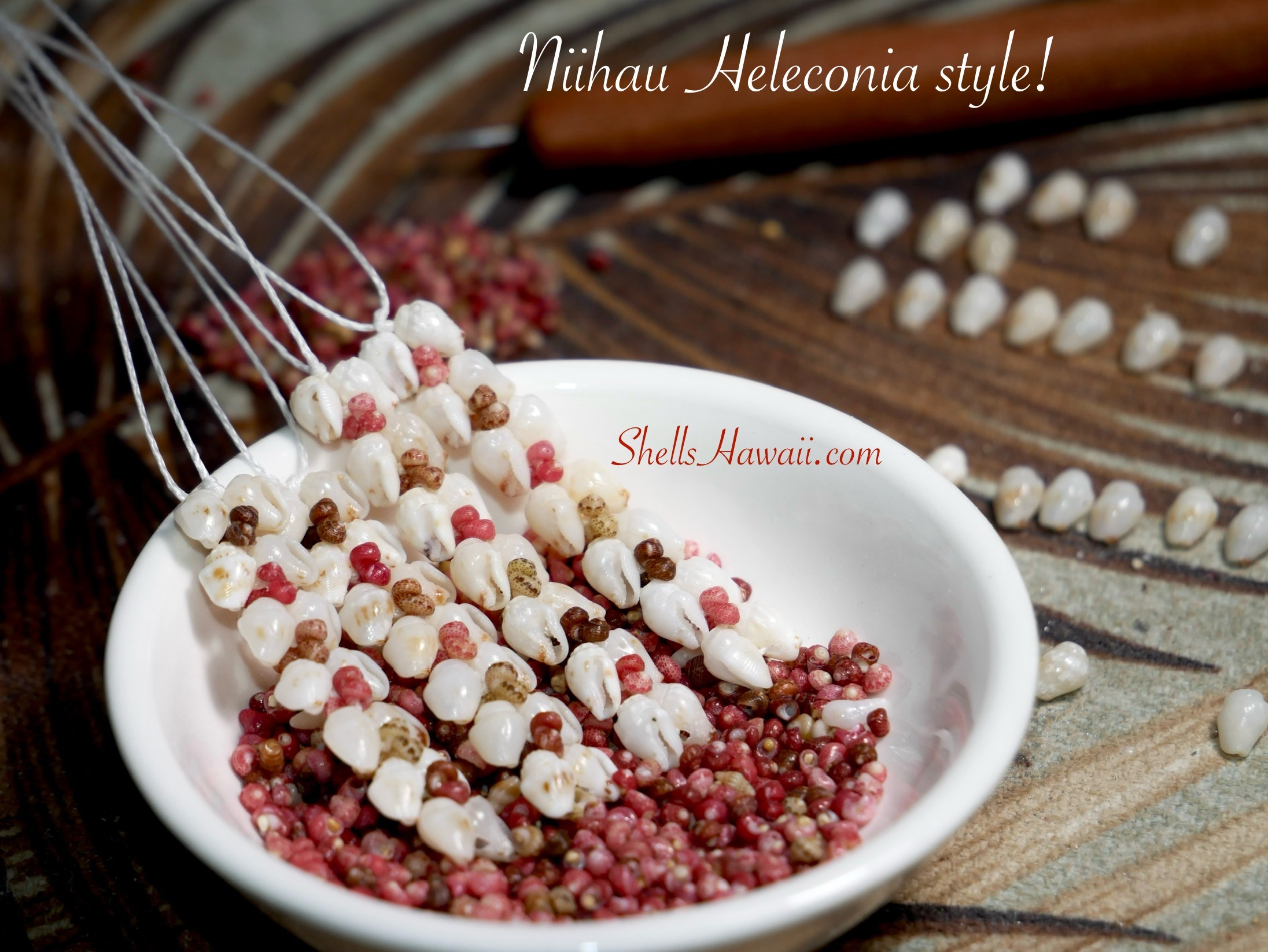
And if you have a few moments, please take a look at my creations — whether for inspiration, or simply to enjoy the natural beauty of Hawaiian seashells. In my loose shells section, I also offer shell supplies along with instructions if you’d like to give it a try yourself or even bookmark it for later. Every design I make is usually one of a kind, so checking back often is the best way to see new patterns and ideas as they come to life.
If you’re curious about how I began this journey, you can read about it [here]. If you’ve ever wondered If I collect my own shells or how do I get Niʻihau shells, you can learn about it [here]. After 15 years in business, I’m grateful to share not only my work, but also the feedback and experiences of the many customers who have supported me along the way.
I’m a self-taught artist — it’s always been a learning curve. But I keep growing, improving, and creating with aloha and deep respect for this art. I hope you can see that in my work and in every single part of my website. This is not just a business. It’s me.
➡️ Start simple. Keep going. And most of all — enjoy the journey with aloha.
 USD
USD


